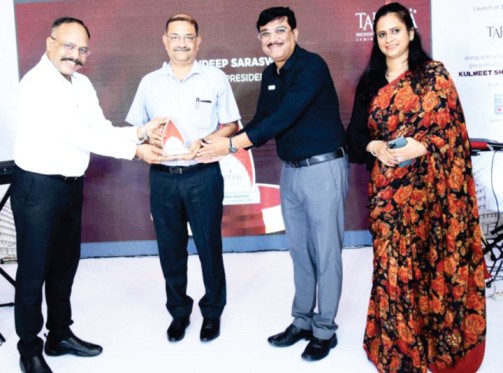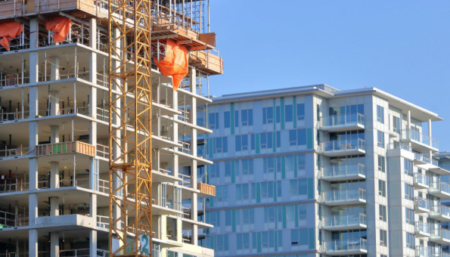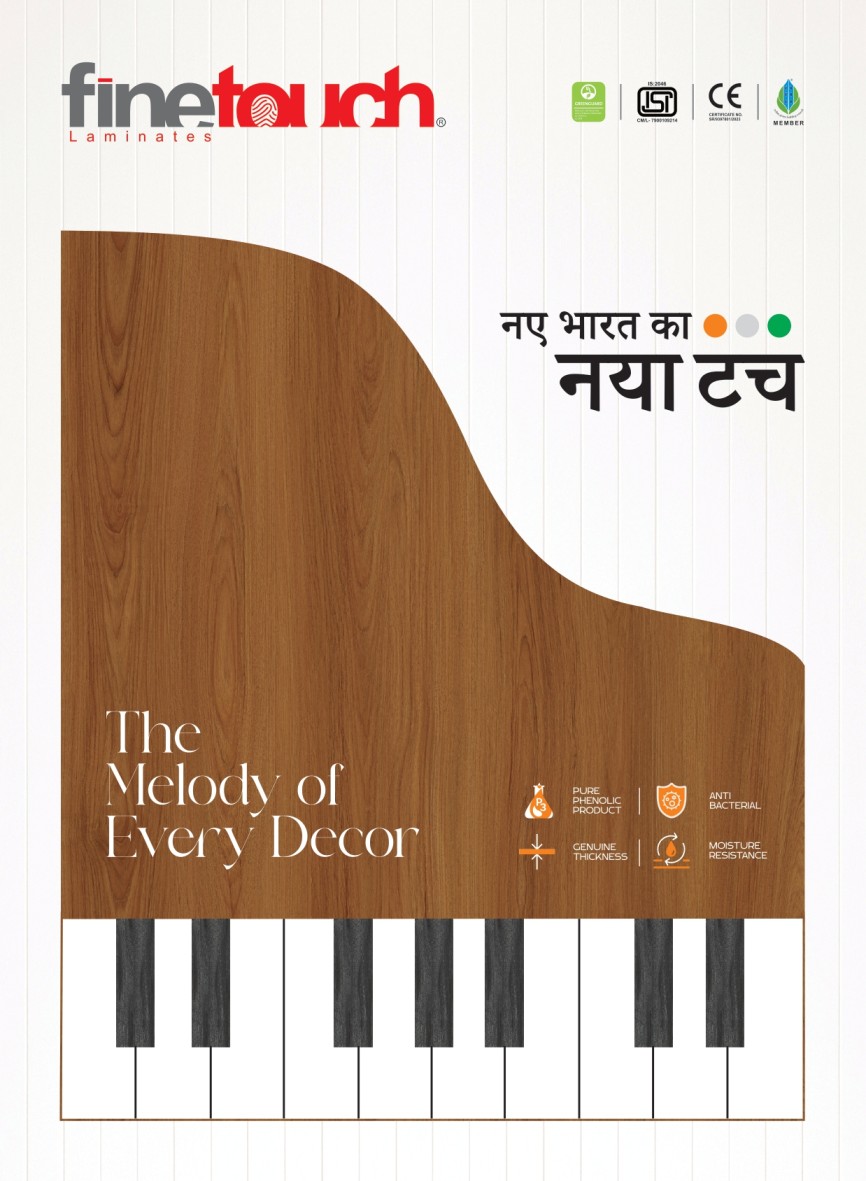
The sale of expensive products instead of cheap is increasing
- अक्टूबर 11, 2022
- 0
The wind of luck is sometimes soft and sometimes hot, but if people’s expenses keep increasing, then the wheel of progress will continue to move. Customers of small cars, low-cost bike-scooters have gone missing in India. The demand for cheap mobile handsets is breaking down. Affordable housing sales are not increasing.
Vehicles: In the last four years, sales of entry-level cars have declined by 25%. The demand for SUVs and expensive (above one million) cars has increased. In the quarter of June 2022, sales of affordable (110 cc) bikes fell by 42%. According to SIAM, two-wheeler sales in India fell to a ten-year low in FY22.
Mobile-Counterpoint Research’s report and industry data show that mobile sales up to Rs 10,000 have shrunk by almost 25%. Mobile handsets have become expensive due to the shortage of parts. Even after increasing the trend of online education, cheap Smartphone’s did not sell.
Even after increasing the trend of online education, cheap Smartphone’s did not sell.
Home-property consultant Ana rock reported that the demand for high-end homes (above 15 million) doubled in total home sales in the first half of 2022. In 2019, the share of luxury homes in home sales was only 7 per cent during the year. Of the 2.36 lakh new houses launched in 2021 in 7 major cities of the country, 63 per cent are in the mid, high-end segment (40 lakh and 1.5 crore). The share of affordable housing in new housing projects has come down to 26 per cent from 40 per cent in 2019.
The housing recession started in 2017. In 2017 (Knight Frank report) after demonetization, house sales declined by 7 per cent and new projects were launched by 41 per cent. House prices did not drop. Due to the failure of GST, NBFC crisis, lack of demand and low income, about 6.29 lakh houses were waiting for customers here till the arrival of Covid. A large population may not have the ability to buy a house, but the share of construction in the Indian economy is 15 percent (2019), which is more than 21 big countries like America, Canada, France, Australia (not including China). It is the biggest source of employment after agriculture.
Before Covid, it was told that automobiles, mobile phones and houses are the engines of employment and progress. The car market in India (22 cars per 1000 people) is small. Two wheelers were also owned by 49 percent of the households. Despite this, automobiles accounted for 49% of India’s manufacturing and 7.5% of GDP by 2018. About 32 lakh jobs were being generated from here. Along with ancillary industries and services, the Indian automobile industry in 2018 was ranked fourth in the world with a valuation of $100 billion.
Decline in sales of cheap phones will affect the demand for digital services. After the arrival of 5G, this market will be focused on expensive phones and expensive service.
India’s emerging market was centered on the middle class, with new families joining in. This middle class has been the mascot of every miraculous story of India in the last 25 years. 80 percent of the middle class is urban and 60 percent of GDP comes from their consumption. BCG estimates that this segment has created a consumption-economy of around Rs 83 trillion. But Pew Research reported in 2020 that about 30 million people in India were out of the middle class due to the impact of Covid. Are the sales of cars, houses, mobiles broken because of these?
सस्ते के बजाय महंगे उत्पादों की बिक्री बढ़ रही है
किस्मत की हवा कभी नरम कभी गरम होती ही है लेकिन अगर लोगों का खर्च बढ़ता रहेगा तो तरक्की का पहिया चलता रहेगा। भारत में छोटी कारें, कम कीमत वाले बाइक-स्कूटरों के ग्राहक लापता हो गए हैं। सस्ते मोबाइल हैंडसेट की मांग टूट रही है। किफायती मकानों की बिक्री नहीं बढ़ रही।
वाहन-बीते चार बरस में एंट्री लेवल कारों की बिक्री 25 प्रतिशत कम हुई है। एसयूीव व महंगी (दस लाख से ऊपर) कारों की मांग बढ़ी है। जून 2022 की तिमाही में सस्ती (110 सीसी) बाइक की बिक्री 42 प्रतिशत गिरी। सिआम के मुताबिक वित्त वर्ष 2022 में भारत में दुपहिया वाहनों की बिक्री दस साल के न्यूनतम स्तर पर आ गई।
मोबाइल-काउंटरप्वाइंट रिसर्च की रिपोर्ट और उद्योग के आंकड़े बताते हैं कि 10,000 रूपए तक मोबाइल की बिक्री करीब 25 प्रतिशत सिकुड़ गई है। पुर्जाें की कमी के कारण मोबाइल हैंडसेट महंगे हुए हैं। ऑनलाइन शिक्षा का प्रचलन बढ़ने के बाद भी सस्ते स्मार्टफोन नहीं बिके।
ऑनलाइन शिक्षा का प्रचलन बढ़ने के बाद भी सस्ते स्मार्टफोन नहीं बिके।
घर-प्रॉपर्टी कंसल्टेंट एनारॉक ने बताया कि साल 2022 की पहली छमाही में घरों की कुल बिक्री में महंगे घरों (1.5 करोड़ से ऊपर) की मांग दोगुनी हुई। साल 2019 में पूरे साल के दौरान घरों की बिक्री में लग्जरी घरों की हिस्सेदारी महज 7 प्रतिशत थी। देश के 7 प्रमुख शहरों में साल 2021 में लॉन्च 2.36 लाख नए मकानों में 63 प्रतिशत मकान मिड, हाई-एंड सेगमेंट (40 लाख व 1.5 करोड़) के हैं। नई हाउसिंग परियोजनाओं में अफोर्टेबल हाउसिंग की हिस्सेदारी 26 प्रतिशत रह गई, जो 2019 में 40 प्रतिशत थी।
हाउसिंग की मंदी 2017 से शुरू हुई थी। नोटबंदी के बाद 2017 में (नाइट फ्रैंक रिपोर्ट) मकानों की बिक्री 7 प्रतिशत और नई परियोजनाओं की शुरूआत 41 प्रतिशत कम हुई। मकानों की कीमतें नहीं टूटीं । जीएसटी की गफलत, एनबीएफसी का संकट, मांग की कमी और आय कम होने के कारण कोविड आने तक यहां करीब 6.29 लाख मकान ग्राहकों का इंतजार कर रहे थें। बड़ी आबादी के पास मकान खरीदने की कुव्वत भले न हो लेकिन भारतीय अर्थव्यवस्था में कंस्ट्रक्शन का हिस्सा 15 प्रतिशत (2019) है, जो अमेरिका, कनाडा, फ्रांस, आस्ट्रेलिया जैसे 21 बड़े देशों (चीन शामिल नहीं) से ज्यादा है। यह खेती के बाद रोजगारों का सबसे बड़ा जरिया है।
कोविड से पहले तक बताया जाता था कि ऑटोमोबाइल, मोबाइल फोन और मकान ही रोजगार और तरक्की के इंजन हैं। भारत में कारों (प्रति 1000 लोगों पर 22 कारें) का बाजार छोटा है। दोपहिया वाहन भी 49 प्रतिशत परिवारों के पास थे। इसके बावजूद 2018 तक ऑटोमोबाइल भारत की मैन्युफैक्चरिंग में 49 प्रतिशत और जीडीपी का 7.5 प्रतिशत हिस्सा ले चुका था। करीब 32 लाख रोजगार यहीं से निकल रहे थे। सहायक उद्योगों व सेवाओं के साथ 2018 में भारतीय ऑटोमोबाइल उद्योग 100 अरब डॉलर के मूल्यांकन के साथ दुनिया में चौथे नंबर पर पहुंच गया था।
सस्ते फोन की बिक्री घटने से डिजीटल सेवाओं की मांग पर असर पड़ेगा। 5जी आने के बाद तो यह बाजार महंगे फोन और महंगी सेवा वालों पर केंद्रित हो जाएगा।
भारत का उभरता बाजार मध्य वर्ग पर केंद्रित था, जिससे नए परिवार शामिल हो रहे थे। यही मध्य वर्ग बीते 25 साल में भारत की प्रत्येक चमत्कारी कथा का शुभंकर रहा है। 80 प्रतिशत मध्य वर्ग नगरीय है और 60 प्रतिशत जीडीपी इन्हीं की खपत से आता है। बीसीजी का आकलन है कि इस वर्ग ने करीब 83 ट्रिलियन रूपए की खपत-अर्थव्यवस्था तैयार की है। मगर प्यू रिसर्च ने 2020 में बताया कि कोविड की मार से भारत के करीब 3 करोड़ लोग मध्य वर्ग से बाहर हो गए। क्या इनके कारण कार, मकान, मोबाइल की बिक्री टूट गई हैं?
































































